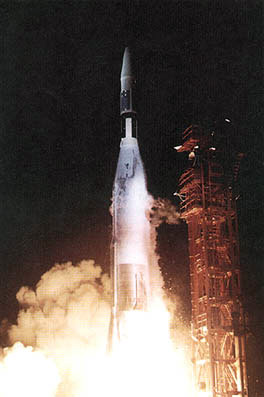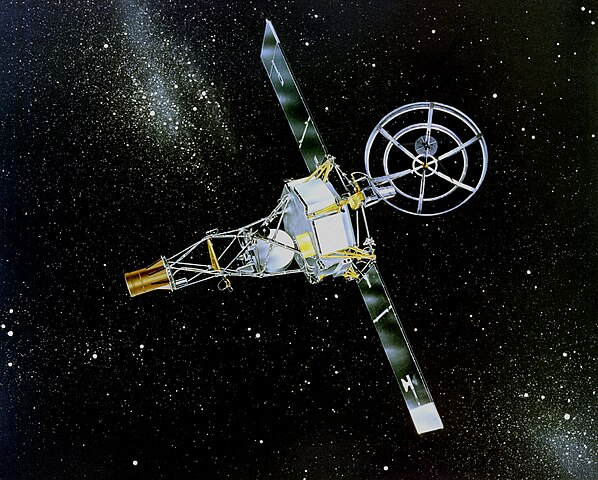We just learned about the country of Angola.
Zambia is a country in the southern part of the African continent.
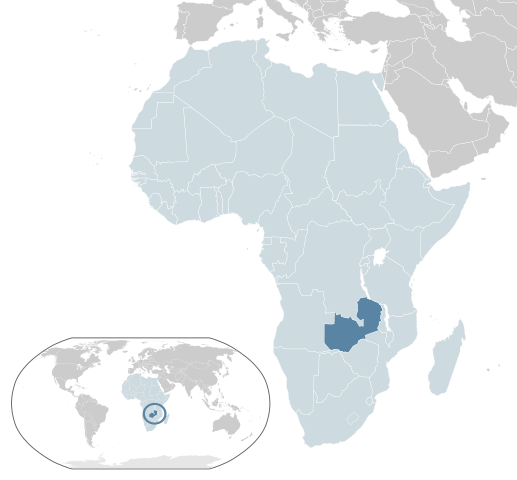
(from: wikipedia - zambia)
The flag of Zambia is mostly green, with an orange eagle in the right corner above three smaller stripes of red, black and orange.
The green is for the country's natural beauty like trees and animals, the red is for the battle for freedom, the black is for the people of Zambia, the orange is for the minerals like gold in the land, and the orange eagle means the people can rise above the country's problems.
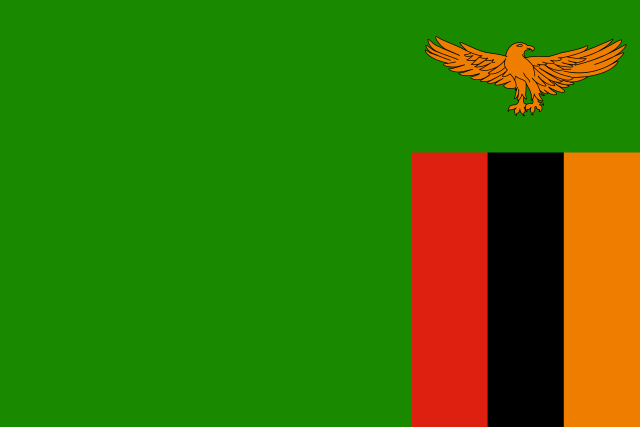
(from: wikipedia - flag of zambia)
To eat in Zambia you might have nshima, which is corn ground up into flour, then rolled into a paste kind of like mashed potatoes.
(from: wikipedia - nshima)
Victoria falls is one of the largest waterfalls in the whole world.
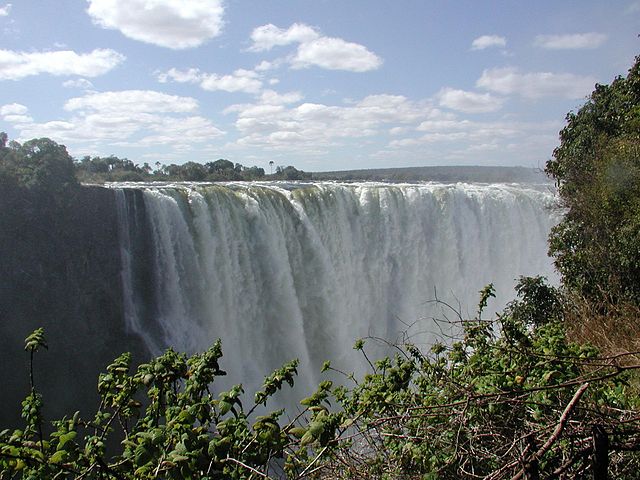
(from: wikipedia - victoria falls)
Kid Facts - Blast from the past: Denmark

